Can AI replace tea leaf production? | The relationship between AI and tea
This year, AI artificial intelligence has been the hottest topic, such as OpenAI`s ChatGPT and Google`s Gemini. We also follow the trend and study these new technologies closely. Today, let`s share the relationship between AI artificial intelligence and tea.
There are many methods to establish AI models, such as linear regression, logistic regression, linear discriminant analysis, decision trees, Naive Bayes, K-Nearest Neighbors, Bagging, random forests, and deep neural networks. These may sound complex, but based on experience, it`s about listing all the reasons and possibilities of an event, then teaching the computer to learn. When a similar event happens in the future, the computer can “calculate” the result from the database and further generate solutions. We always feel that the first version of AI was the “I Ching,” as any event can find its answer according to the “I Ching.” The “I Ching” condenses all possibilities of the world into one book, along with other ancient AIs like the “Shao Bing Song” and “Tui Bei Tu,” which are hard to understand, just like we can`t operate ChatGPT, so these ancient AIs are called “prophecy books.”
In fact, AI models (algorithms) were established a long time ago, but the development of AI was slow because hardware technology couldn`t keep up. Only recently, with the significant improvement in GPU performance (GPUs are mainly the computational devices for AI), has AI been able to develop rapidly.
Those who have used ChatGPT know that the seemingly omnipotent AI is not easy to use. For small talk or generating some unimportant things, AI can cope. But when faced with the need to produce more complex results, it often fails to deliver the desired outcome, and the results can vary each time. When we face AI, we should worry about how to “communicate” with AI, making “AI Communicator” a very popular profession in recent months.
AI in tea making is a recent topic, suggesting that the job of a “tea maker” will be replaced. This is a mistaken notion; AI can at most only “assist” tea makers and will not “replace” their jobs. Just like in the movie “God of Gamblers,” based on system analysis, 55% is a two, 38% is a Q, and 7% is a nine, but how to play the card is still up to oneself. AI just analyzes from “massive data” and concludes the “most suitable” answer. After all, AI is not human, and in the end, it depends on ourselves. “Massive data” might help in “tea making,” as seen from Seagate hard drive factories accumulating 50TB of data daily.
Moreover, AI cannot replace tea leaf production because tea is a beverage closely related to human “sensory” experiences. We might use various precise sensors to analyze the sweet, bitter, mellow, sour, astringent, and aromatic flavors of tea, but AI won`t tell you the quality of the tea with varying chemical compositions. Therefore, the concept of “emergence” must be mentioned. According to the definition, emergence is a phenomenon where many small things accumulate and interact, resulting in characteristics that the original small things did not possess. For example, when the astringent chemical “polyphenols” in tea is high and the sweet chemical “free amino acids” is low, theoretically, the tea will be very unpleasant to drink. However, when we taste this tea, we find the “aftertaste” to be quite pleasant, making it a high-quality tea product. The production process of tea relies heavily on human “sensory evaluation,” making it very difficult for AI to replace tea leaf production.
In the short term, it`s quite difficult for AI to replace humans as the main force in tea making. Many might wonder if the articles from “Pu Zhen Tea” rely on AI generation. We`ve tried, but not a single one was successful; the results generated by AI were almost unbearable, perhaps because our editors don`t know how to communicate with AI. Rest assured, the articles from “Pu Zhen Tea” are all “human-generated,” with the following formula:
Open Word > Start typing > Refer to references and correct content errors > Translate into English and Japanese > Create graphics > Upload to SNS. We hope this formula can help those who write articles, thank you. By the way, the images in this article were generated by AI.

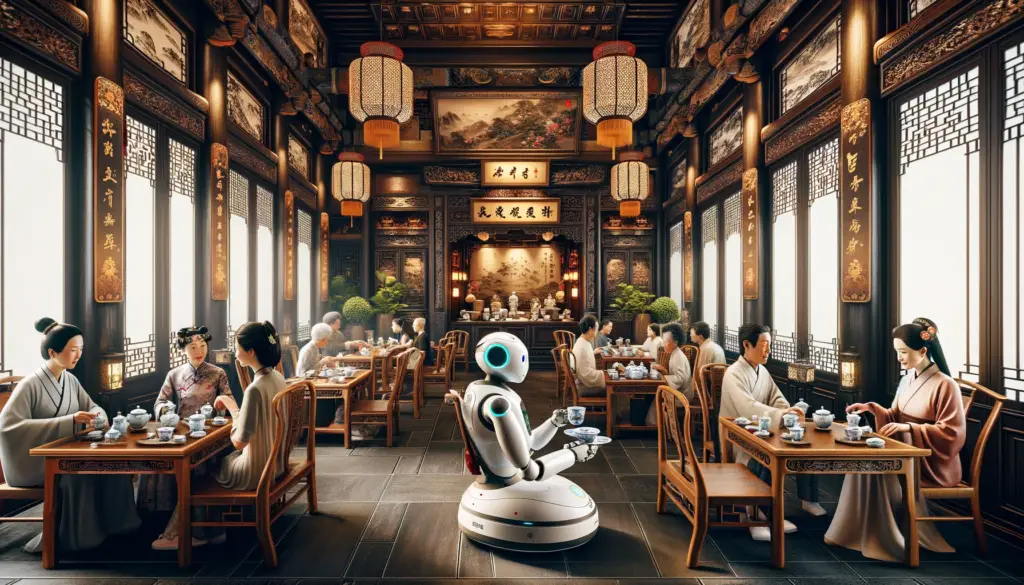

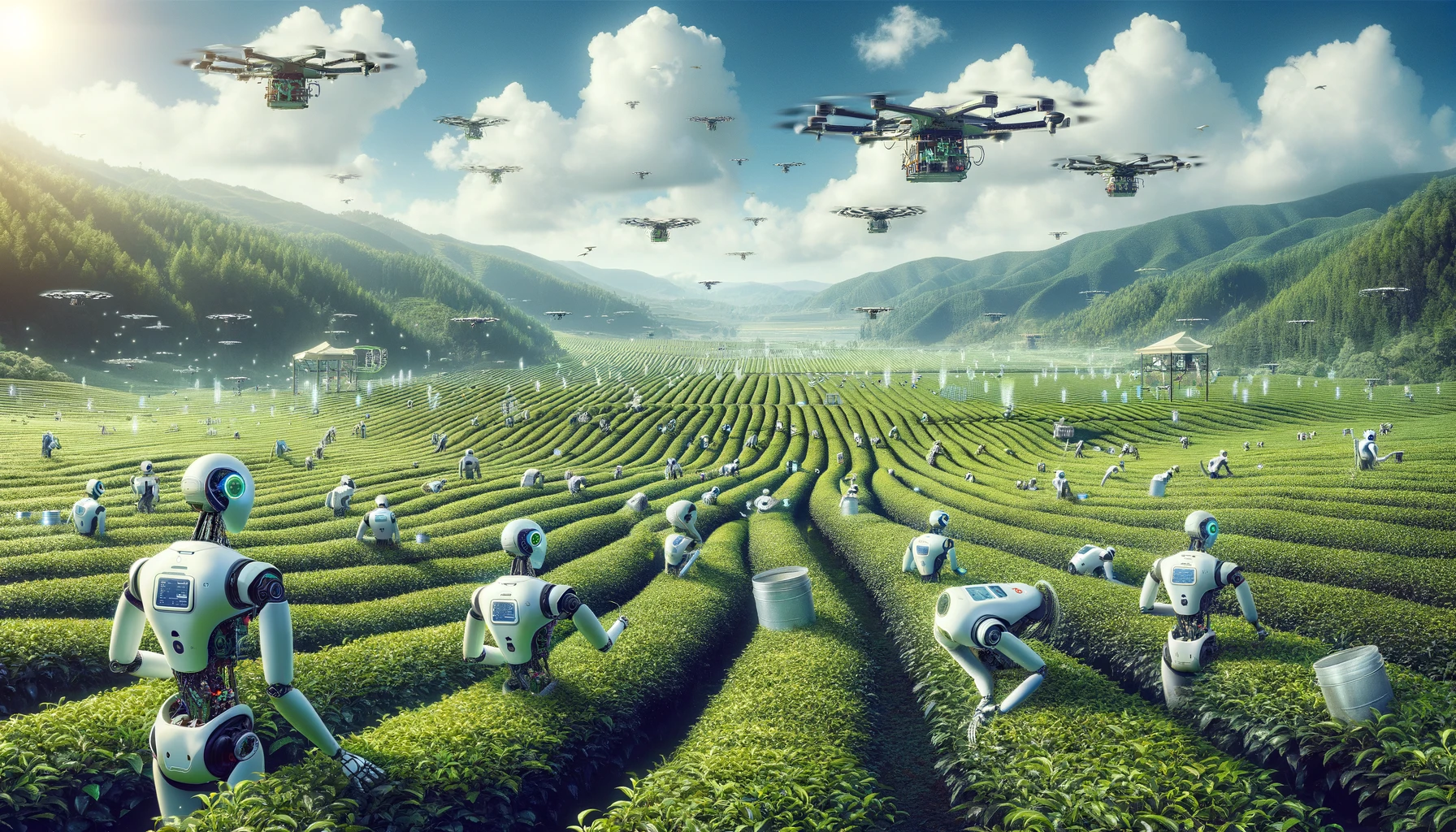

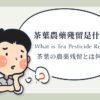
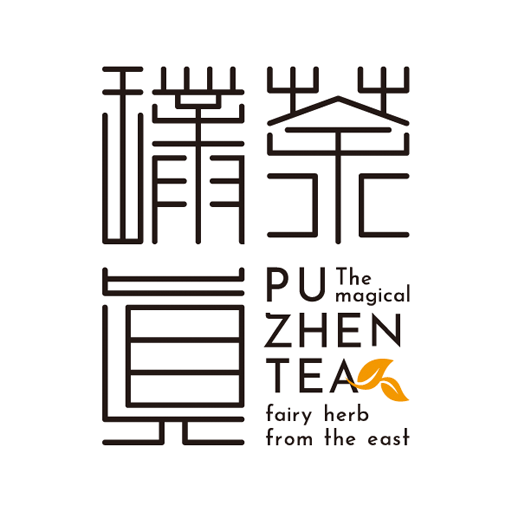
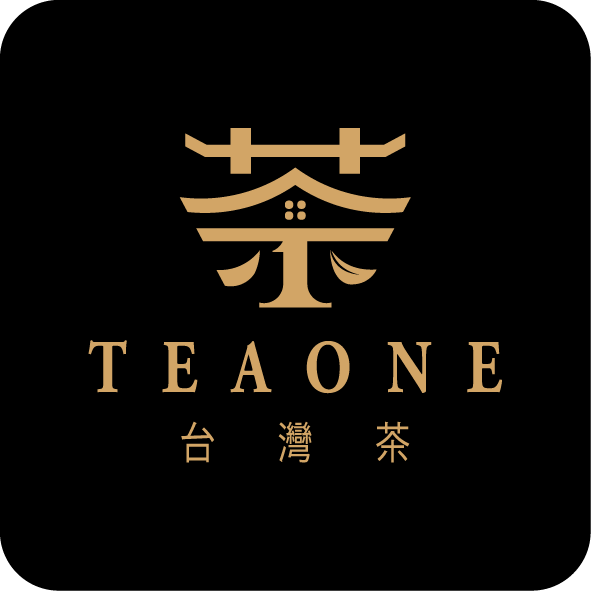

Leave a reply